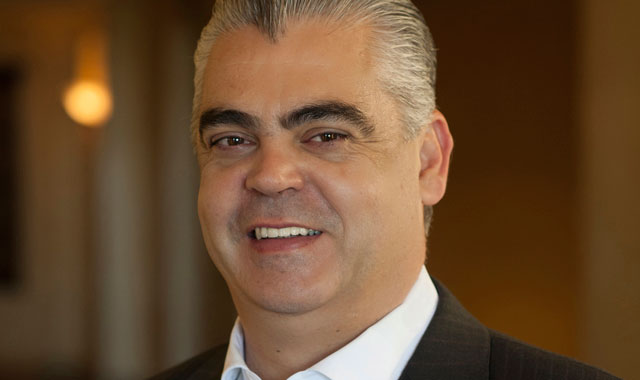
South Africa’s third mobile operator, Cell C, will oppose the proposed mobile network sharing deal between Telkom and MTN.
“Cell C has been asked to comment on the proposed transaction by the Competition Commission,” says CEO Jose Dos Santos in a statement e-mailed to TechCentral.
“On the face of it, and as Cell C understands the proposed transaction, we do not agree with it.”
Dos Santos says his company has not been provided with much detail by the Competition Commission, but once this is furnished, he will be in a better position to comment.
It is understood reliably that Vodacom has decided not to oppose the proposed Telkom and MTN deal at the Competition Commission, though a spokesman declines to comment on the matter.
A report on Bloomberg, a wires news agency, quoted MTN and Telkom as both saying that the commission’s actions are part of normal practice.
In March, Telkom confirmed that it was in talks with MTN about a deal that would result in the latter managing the former’s radio access network. It’s also expected that each company will be able to roam on the other’s network.
Until now, the two operators have had an agreement in terms of which Telkom paid MTN to roam on the latter’s 2G and 3G voice and data networks.
“The conclusion of an agreement will allow us to expand our mobile coverage and reduce our operating costs and capital expenditure significantly,” Telkom CEO Sipho Maseko said earlier this year.
Telkom has said it needs to reduce the costs associated with building South Africa’s fourth mobile network operator significantly to offset losses.
Maseko told TechCentral in June, after the company’s annual results presentation, that consolidation or collaboration in the sector was necessary.
In terms of the proposed deal, MTN will not get access to Telkom’s valuable chunk of 4G/LTE radio frequency spectrum in the 2,3GHz band. The negotiations between the two companies specifically excludes this LTE band.
Telkom has access to 60MHz of prime spectrum at 2,3GHz, which can be used to deploy next-generation mobile broadband infrastructure.
The 2,3GHz band is used for LTE in key markets such as China and India and, because of this, is regarded as a band that is likely to be widely supported in future by smartphone makers and other device manufacturers.
The 2,3GHz band is well suited to building networks that use a flavour of 4G/LTE known as TD-LTE. Other than China and India, it’s also found favour in Australia, parts of the Middle East and North America. — © 2014 NewsCentral Media




